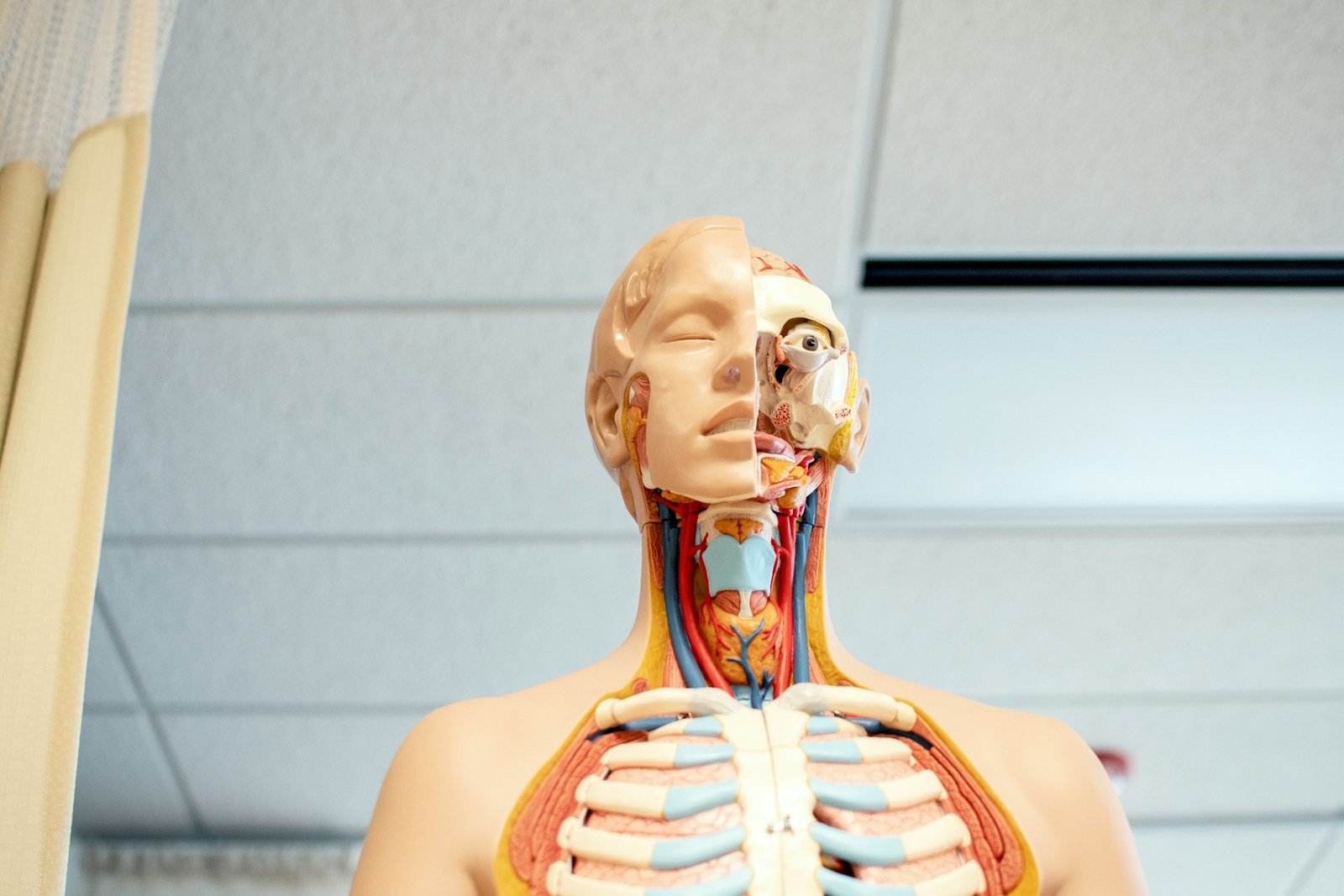(As an Amazon Associate we earn from qualifying purchases)
Why Anatomy Books Remain Essential in a 3-D World
The market for Anatomy Books is quietly booming. Unit sales of professional and educational titles ticked up for the first time in three years, even as overall print growth hovered below 2 percent, a sign that health-science niches are defying broader plateaus (Publishers Weekly, 2025) (Midland Paper). Behind the uptick lies a simple truth: nothing matches the tactile reliability of a well-edited atlas when you are memorising the 206 bones of the body or sketching the brachial plexus at 2 a.m.
“Good teaching turns pages into mental maps.” — Dr. Susan Standring, editor of Gray’s Anatomy
Demand also reflects changing learner profiles. Open-access platforms such as OpenStax report that their free Anatomy and Physiology textbook has already saved students US$2.9 billion in a decade (OpenStax, 2024) (OpenStax). Yet many instructors still bundle a print atlas with the digital text because colour-coded plates remain the gold standard for surface landmarks and clinical correlations.
Finally, immersive tools are expanding—not replacing—the bookshelf. Case Western Reserve University found that students using HoloLens “virtual cadavers” mastered structures twice as fast, but faculty still urge a trusted reference for lab follow-up (Brodsky, 2023) (Lifewire). In other words, Anatomy Books and mixed reality now work in tandem: one grounds you in nomenclature; the other speeds up spatial rehearsal.
Fun Fact
If you stretched your intestines end-to-end they’d reach the height of a three-storey building—a vivid comparison popularised by Hank Green’s Crash Course Anatomy series (Green, 2015) (OpenStax).
Top 10 Best Anatomy Books
- McCann, Stephanie
- Wise, Eric

- Odya, Erin
- Norris, Maggie A.

- Publishing, MedBooks Corner

- Vayttaden PhD, Dr. Sharat
- Gustafson, Dr. Dana
- Kaulitzki, Sebastian

Beyond the Pages: Maximise Your Anatomy Learning
Choosing Anatomy Books is ultimately about fit—both literal (the heft of Gray’s Anatomy latest edition can double as a paperweight) and pedagogical. Below are five evidence-based filters to apply before you click “Add to Cart.” Each filter is peppered with long-tail phrases your peers already search, boosting your odds of landing the right title—and elevating SEO visibility if you run your own study blog.
1. Match Book Type to Learning Goal
- Atlas anatomy volumes (e.g., Netter) excel at regional detail, while clinical anatomy by Snell foregrounds pathology.
- Artists chasing proportional accuracy often prefer human anatomy for artists guides that overlay muscle origin and insertion lines—essential when you need every tendon stroke to scream realism.
2. Confirm Edition Currency
Healthcare guidelines evolve; the Gray’s Anatomy book 42nd edition added new coronary imaging plates and the heart gross anatomy chapter now references 4-D echocardiography. Check publication year inside the copyright page before paying premium.
3. Evaluate Ancillary Media
Look for QR-linked learn anatomy 3D models or companion quizzes. A randomized trial showed glass-less 3-D modules cut test-score variability by 20 percent (Muro et al., 2024) (Anatomy Publications), a boon if you struggle with spatial rotation.
4. Prioritise Author Credentials
Names like Vishram Singh anatomy or B.D. Chaurasia volume 1 carry weight because they appear on medical-school syllabi across Asia and Europe, signalling peer review and curricular alignment.
5. Verify Accessibility and Cost
Library e-loans, OpenStax Anatomy and Physiology downloads, or used copies can slash expenses without derailing quality. Remember: the goal is mastery, not a shelfie.
Fun Fact
“Your body sheds over 50 kilograms of dead cells in a lifetime—enough to fill a suitcase.”
Next Steps
- Preview before purchase. Most retailers offer 10 percent sample pages—zoom in on ligaments; blurry lines often foreshadow dated plates.
- Cross-reference with physiology. Pair your selection with a reliable physiology volume to grasp the anatomy and physiology of the heart or any other system in motion.
- Schedule spaced review. Evidence shows that re-reading a chapter at 24-hour, one-week, and one-month intervals cements terminology faster than marathon cramming.
Bookmark this guide, share it with your study partner, and return whenever a new Anatomy Books edition drops. A single high-quality reference can outlive subscription services, outlast firmware updates, and sit proudly on your shelf—ready whenever you need to trace the median nerve one more time before lab.
As an Amazon Associate we earn from qualifying purchases.










